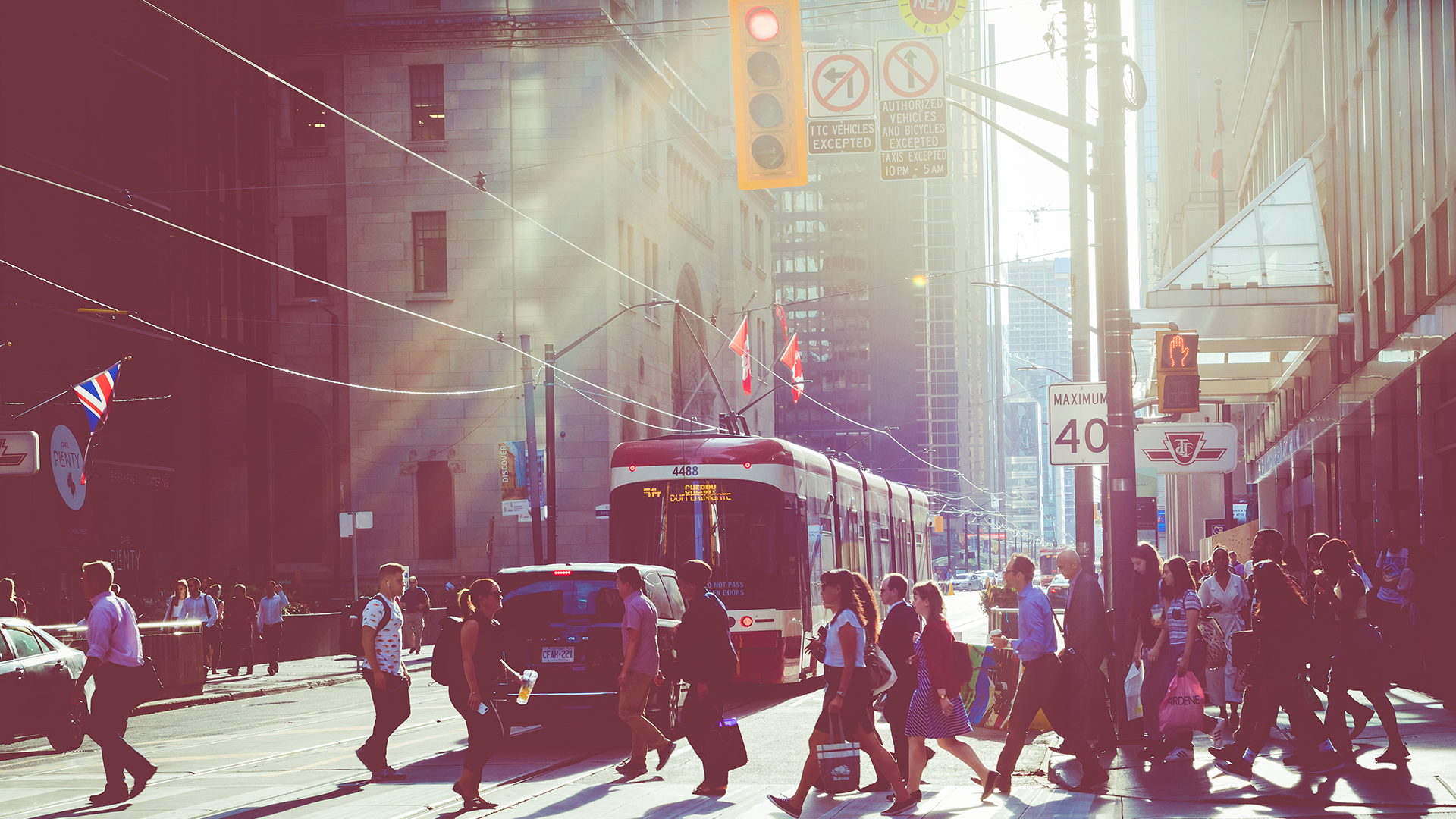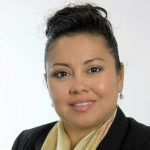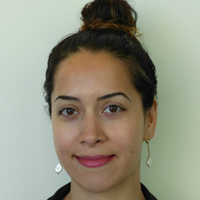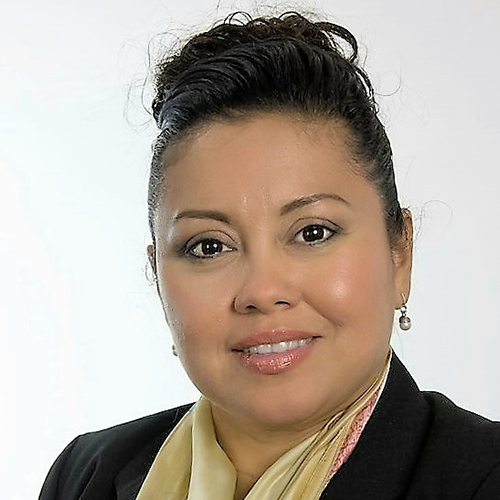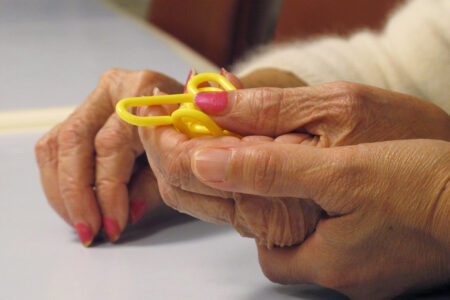
After decades of advocacy by feminist organizations and leaders such as former councillor Kristyn Wong-Tam, in 2019 Toronto approved the city’s first-ever gender equity office. We remember this moment well. Both of us had appeared before the executive committee to express our support. As community leaders in the women’s sector, we understood what a game-changer a gender equity unit at city hall could be – modelled after municipalities such as Ottawa and Vienna.
Comprised of two staff members, the unit was tasked with developing an intersectional gender equity strategy to address interlocking gender, racial and other forms of disparities in Toronto. While it was originally slated to be launched at the end of 2021, the strategy has faced repeated delays. It is scheduled to be released sometime in the fall, although no one at the city seems to know exactly when.
A feminist approach to ending poverty after COVID-19
When it is launched, the strategy will not only be the culmination of decades of activism to make visible the needs and perspectives of diverse women in Toronto, it will be informed by an extensive community consultation process. Both YWCA Toronto and WomanACT, where we work, participated in this process led by Social Planning Toronto, and served as advisors.
While we do not know the final contents of the strategy, we are hopeful that it does justice to the voices and perspectives of over 1,000 community members that contributed. But we are also cautiously hopeful because the city tends to develop strategies with grand language that fail to deliver.
In speaking to our community members about their experiences of gender discrimination, a few themes became apparent:
- The design and delivery of city services often do not recognize the needs and realities of women, girls and gender-diverse individuals;
- Gender-based violence and lack of safety negatively influence experiences with city services;
- There is an urgent need for community safety and an exploration of community-based alternatives to policing;
- There are accessibility concerns that compound barriers for women and trans people living with disabilities in terms of accessing shelters, technology and internet, income security and participation in city processes;
- Poverty and affordability issues, especially housing affordability, and the feminization and racialization of poverty continue to harm Torontonians.
Whether it is around poverty, violence, housing instability, the accessibility of buildings and shelters, or the lack of supports for care-givers and pay disparities, community members brought forward the various ways in which systemic inequities have harmed women and gender-diverse people. This is particularly true for racialized, newcomer, Indigenous, low-income, queer and disabled women and trans folks, who often have to contend with risks and realities that are different than those faced by men and middle-class, white women.
Ottawa’s women and gender equity strategy can be a helpful reference and roadmap. The strategy outlines clear expected outcomes, is underpinned by five important strategic priorities, offers a robust vision for gender equity and includes detailed timelines for deliverables. Each priority is expanded upon by a specific goal that is accompanied by detailed, planned actions.
Why are the deaths of Indigenous women and girls ungrievable?
In Canada and abroad, new data reveal strong support for gender equality
When will Canada say enough is enough when it comes to femicide?
It is unlikely that a plan without clear targets and timelines, a robust budget and community oversight will succeed in narrowing gender inequalities across housing, transit and countless other city services. Toronto City Council will need to resource the strategy adequately, off the bat. Two staff members will not be enough in meeting the needs placed upon the gender equity office.
Also, the community consultation process did not capture the full range of Indigenous perspectives given the tight consultation timeline. Given that Indigenous women, girls, two-spirit and gender-diverse people face heightened levels of violence and poverty, it will be necessary for the gender equity office to work with the city’s own Indigenous Affairs Office and Indigenous community organizations to ensure culturally safe programming, shelters and recreational spaces for Indigenous women and girls.
As supporters of the gender equity unit, we can’t help but feel excited. We look forward to an ambitious roadmap with measurable deliverables and a bold vision for Toronto that unapologetically prioritizes the safety and advancement of women, girls and gender-diverse people. All we’re waiting for now is to find out when it will be released.




